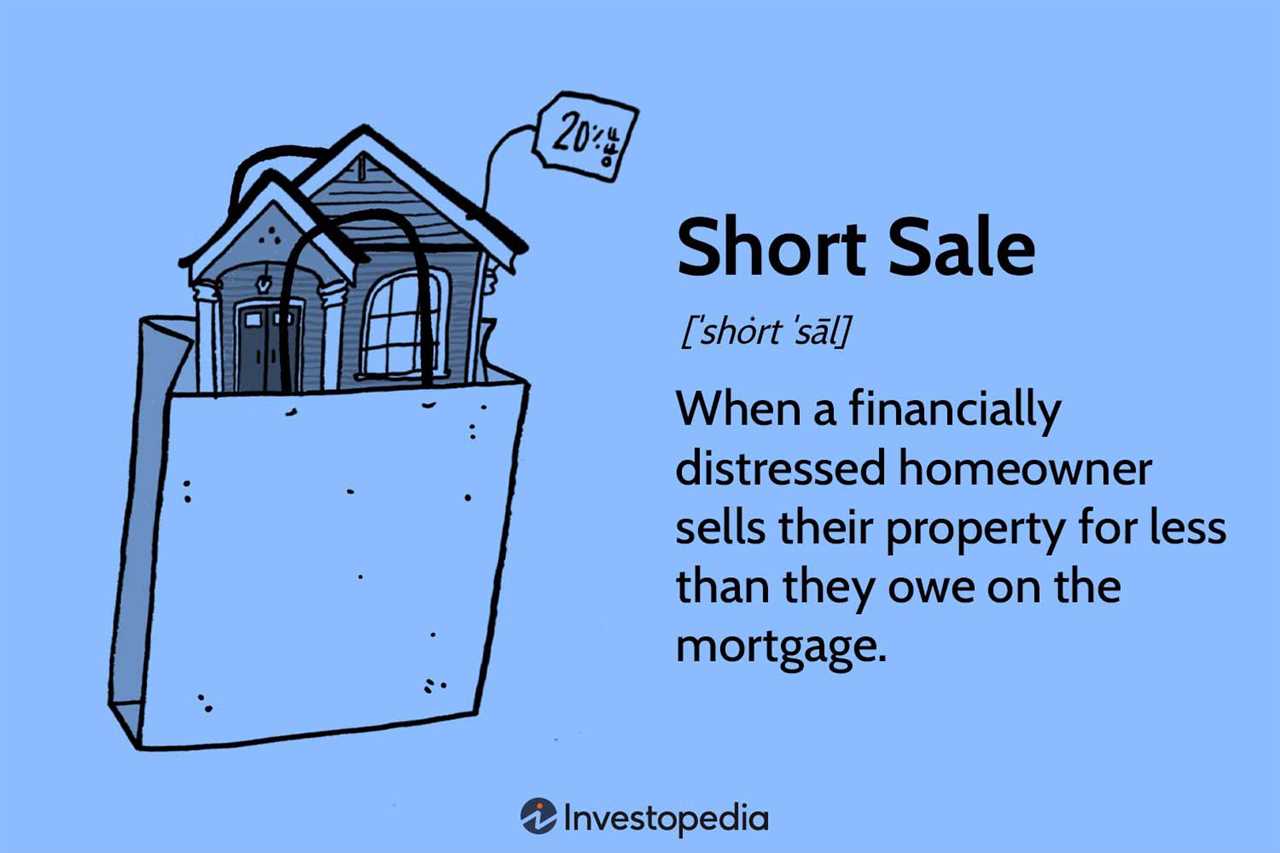What is Negative Equity?

Negative equity refers to a situation where the value of an asset, such as a home or a car, is less than the outstanding balance on the loan used to purchase that asset. In other words, it means that you owe more on the loan than the asset is currently worth.
For example, let’s say you bought a house for $300,000 and took out a mortgage loan for $250,000. After a few years, the housing market crashes, and the value of your house drops to $200,000. If you were to sell the house at this point, you would only receive $200,000, but you still owe $250,000 on the mortgage. This means you have negative equity of $50,000.
Negative equity can be a significant problem for homeowners because it limits their options. If you want to sell the property, you would have to come up with the difference between the sale price and the outstanding loan balance out of your own pocket. Alternatively, you could choose to stay in the property and continue making mortgage payments until the value of the asset increases.
Overall, negative equity is a financial situation that can have significant implications for individuals and households. It can limit their ability to sell or refinance their assets and may require them to come up with additional funds to pay off their loans.
How Does Negative Equity Work?

Negative equity occurs when the value of an asset, such as a home or a car, is less than the outstanding balance on the loan used to purchase it. In other words, it means that you owe more on the loan than the asset is currently worth.
When you purchase an asset using a loan, you typically make a down payment and borrow the remaining amount from a lender. Over time, as you make monthly payments towards the loan, the balance decreases. At the same time, the value of the asset may increase or decrease depending on market conditions.
If the value of the asset decreases significantly, it can result in negative equity. For example, let’s say you purchased a home for $300,000 with a down payment of $50,000 and a loan of $250,000. After a few years, the value of the home drops to $200,000, but you still owe $220,000 on the loan. This means you have negative equity of $20,000.
Having negative equity can be problematic because it limits your options. If you need to sell the asset, you may not be able to cover the outstanding loan balance with the sale proceeds. This can make it difficult to move or upgrade to a new home, for example.
In addition, negative equity can also affect your ability to refinance the loan or obtain a new loan. Lenders are generally reluctant to lend to borrowers with negative equity because it increases the risk of default.
Why Does Negative Equity Occur?

Negative equity occurs when the value of an asset, such as a home or a car, is less than the outstanding balance on the loan used to purchase that asset. This situation typically arises when the market value of the asset decreases, either due to a decline in the overall market or specific factors affecting the asset’s value.
There are several reasons why negative equity can occur:
- Market fluctuations: Negative equity can occur when the market value of the asset decreases. This can happen due to various factors such as economic downturns, changes in supply and demand, or changes in consumer preferences. For example, during a housing market crash, home values may plummet, leaving homeowners with mortgages that exceed the value of their homes.
- High loan-to-value ratio: Negative equity is more likely to occur when the loan-to-value ratio is high. This ratio represents the amount of the loan compared to the value of the asset. If the loan-to-value ratio is high, even a small decrease in the asset’s value can result in negative equity. For example, if a homeowner has a mortgage for 90% of the home’s value and the market value decreases by 10%, the homeowner will be in negative equity.
- Down payment: The size of the down payment can also contribute to negative equity. If a borrower makes a small down payment, they are starting with less equity in the asset. If the asset’s value decreases, they are more likely to end up in negative equity. On the other hand, a larger down payment can provide a cushion against market fluctuations.
- Loan terms: The terms of the loan can also play a role in negative equity. For example, if a borrower takes out an interest-only loan or a loan with a balloon payment, they may not be building equity in the asset over time. If the asset’s value decreases, they may find themselves in negative equity without the ability to refinance or sell the asset.
It is important to note that negative equity is not always a problem. If the homeowner can continue making their mortgage payments and has no plans to sell the property, negative equity may not have a significant impact. However, negative equity can become a concern if the homeowner needs to sell the asset or refinance the loan, as it may limit their options and result in financial losses.

Emily Bibb simplifies finance through bestselling books and articles, bridging complex concepts for everyday understanding. Engaging audiences via social media, she shares insights for financial success. Active in seminars and philanthropy, Bibb aims to create a more financially informed society, driven by her passion for empowering others.
